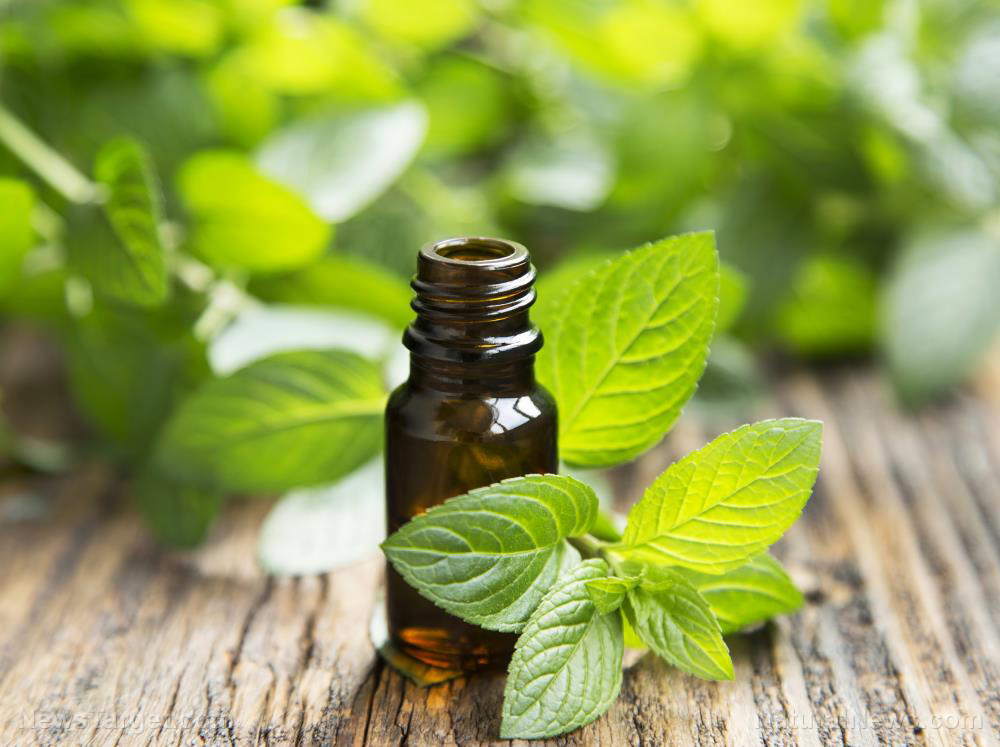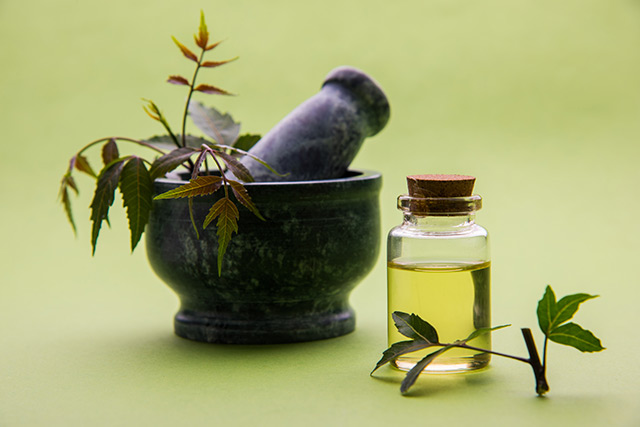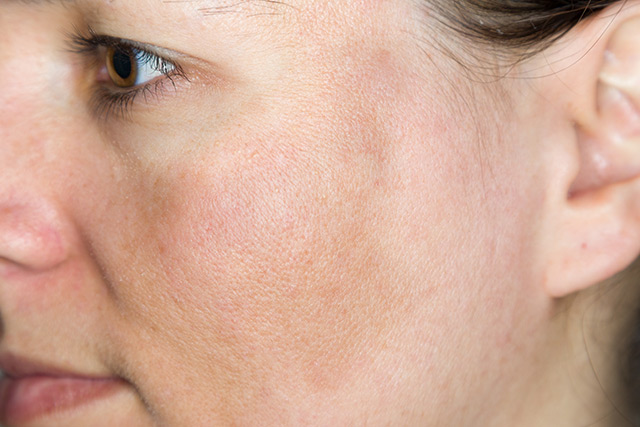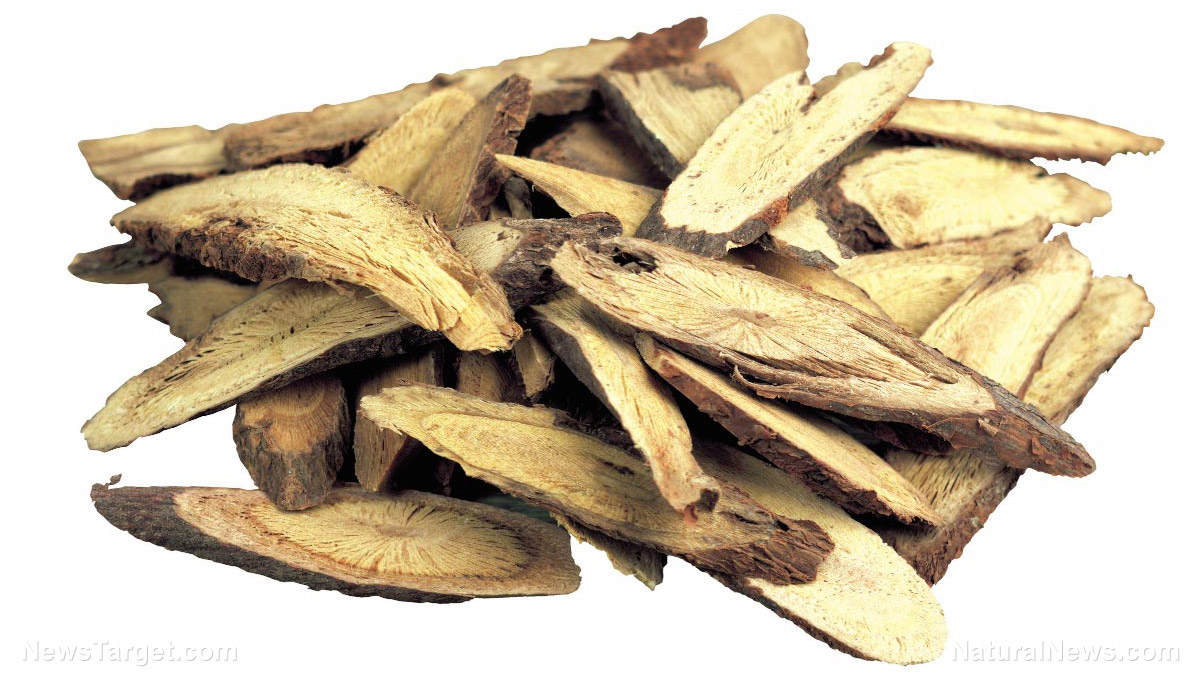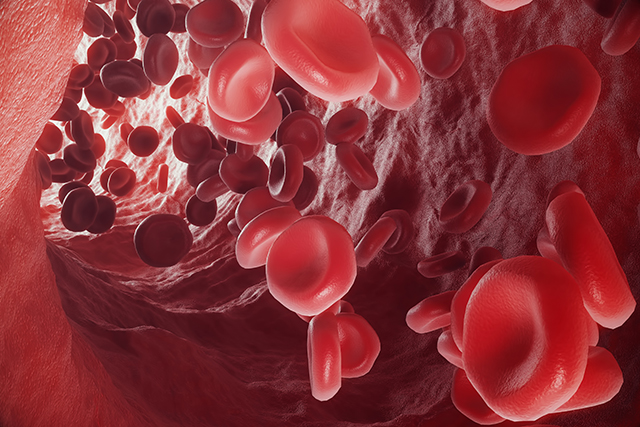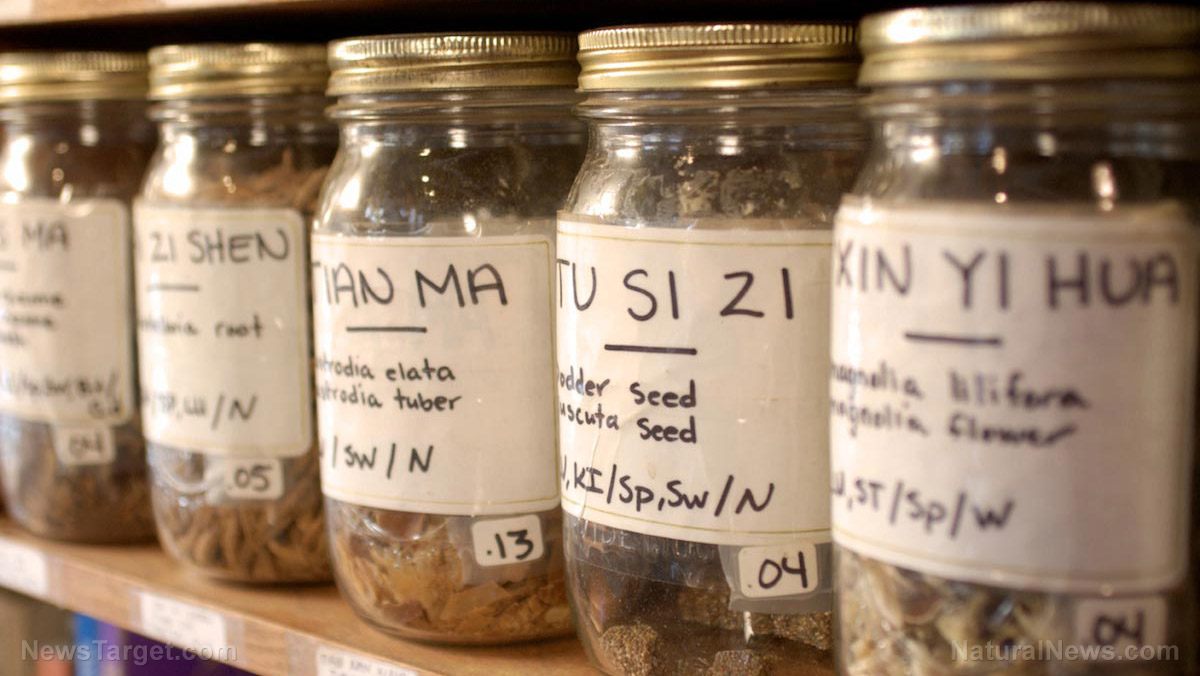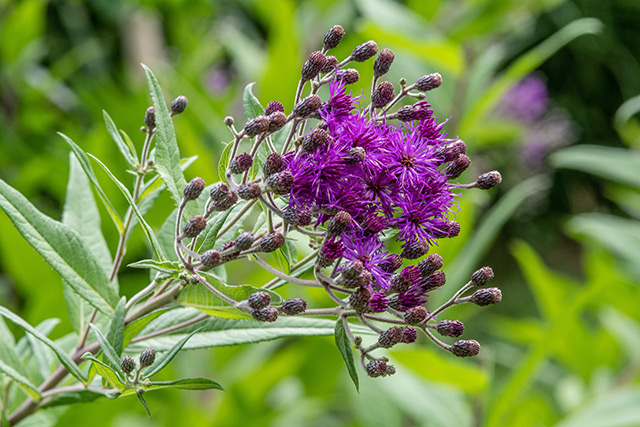A Traditional Chinese Medicine herb, HuaJiao, found to be a powerful antioxidant
10/11/2018 / By Edsel Cook
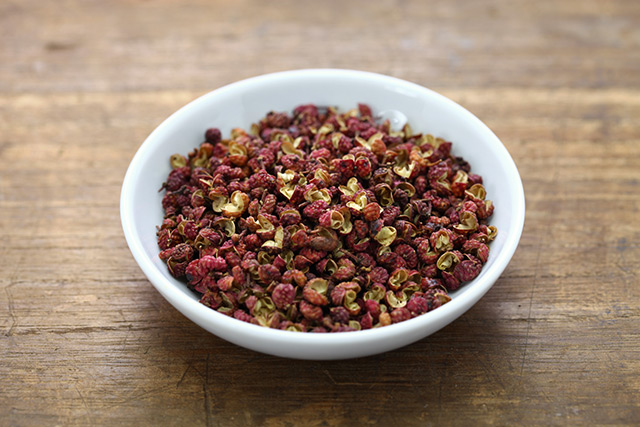
Traditional Chinese medicine prescribes numerous herbal remedies such as Hua Jiao. Made from the seeds of several species of prickly-ash (Zanthoxylum), Hua Jiao was evaluated by a Chinese study that wished to determine its potential as a source of natural antioxidants.
There are more than 200 species of prickly-ash in the world. Of particular interest for this study is the Chinese prickly-ash (Zanthoxylum bungeanum), a plant native to Western China.
It is widely used for food and traditional medicinal purposes. The husk of its fruit is one of the sources of the popular spice called Sichuan pepper, which is not related to black pepper or chili pepper in any way.
While its fruit is a valuable commercial product, its seeds are considered a waste product. The seeds are normally turned into fertilizer, fuel, or oil.
However, the seeds are rich in essential minerals, protein, and oil. There are efforts to use them as an alternative source of protein comparable to soybeans.
Enzymatic hydrolysis has been used to extract protein from the seeds of the Chinese prickly-ash. The polypeptides of the resulting protein hydrolysate are reported to have antioxidant, antibacterial, and anti-hypertensive properties. (Related: The combined extracts of the reishi and Egyptian chlorella vulgaris shown to have potent antioxidant and anti-inflammatory properties.)
Exploring the antioxidant properties of prickly-ash
A research team from Shaanxi Normal University (SNU) explored the biochemical and functional properties of antioxidant peptides found in the seed kernel of the Chinese prickly-ash. They collected the seed kernels and ran them through a slightly modified enzymolysis method to extract protein hydrolysates from the raw material.
100% organic essential oil sets now available for your home and personal care, including Rosemary, Oregano, Eucalyptus, Tea Tree, Clary Sage and more, all 100% organic and laboratory tested for safety. A multitude of uses, from stress reduction to topical first aid. See the complete listing here, and help support this news site.
They screened the protein hydrolysate fractions to determine the types and amounts of peptides present. Then they purified it through ultrafiltration.
The three different filtered fractions were analyzed for their peptide content and their antioxidant activity. The fraction that displayed the greatest effectiveness was further purified through gel filtration chromatography.
The protein hydrolysate was tested for total antioxidant capacity, the maximum amount of free radicals that a substance could scavenge. It also underwent the DPPH radical scavenging test to determine its effectiveness as an antioxidant.
The polypeptide was hydrolyzed and tested using an amino acid analyzer in order to find out the amino acids that comprised it. This was used to calculate its essential amino acid ratio.
Finally, the researchers ran a number of tests to determine the functional properties of the protein hydrolysate. These properties were emulsification, foaming, solubility, and viscosity.
Prickly-ash seeds show potential as source of antioxidants
In the purification phase, the peptide fraction with the molecular weight of <10 kilodaltons (kDa) demonstrated the best antioxidant effect. Further purification resulted in two peaks, whose molecular weights were similar to antioxidant peptides from soy protein.
The polypeptide was made up of 18 different amino acids. Hydrophobic amino acid made up 14.9 percent of the sample. These amino acids have antioxidant properties.
It also achieved a good amino acid score. This indicated a possible use as a protein source for humans.
In terms of solubility, the polypeptide shows greater solubility than its original protein. It is soluble in a broad range of pH. At the same time, the hydrolysate demonstrated lower viscosity. Low viscosity improves texture, mouthful, and certain other properties.
The polypeptide demonstrated good emulsifying properties. It is quicker to form emulsions and shows greater stability. It also showed good foaming expansion and stability.
Finally, the polypeptide showed significant antioxidant properties. Its total antioxidant capacity increased alongside its concentration up until 30 milligrams per milliliters. It also demonstrated high DPPH radical scavenging ability.
The researchers concluded that the polypeptide derived from the seeds of Chinese prickly-ash – from which Hua Jiao is derived – showed promise as a source of antioxidants.
To learn more about the healing properties of the medicinal herb Hua Jiao, visit ChineseMedicine.news.
Sources include:
Tagged Under: alternative medicine, Amino Acids, antioxidants, food proteins, herbal medicine, Hua Jiao, natural cures, natural medicine, peptides, prickly-ash, Proteins, Sichuan pepper, traditional Chinese medicines


